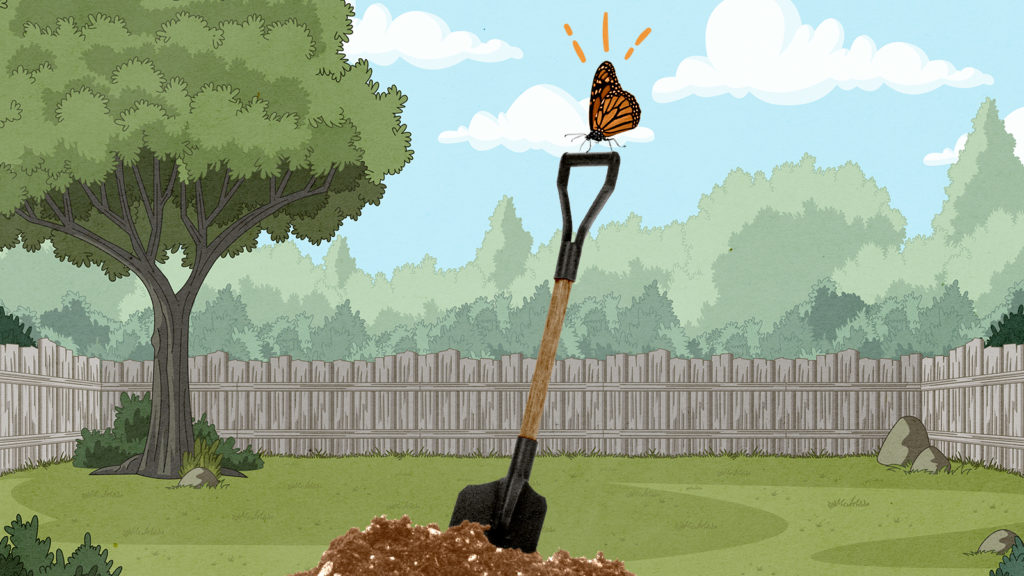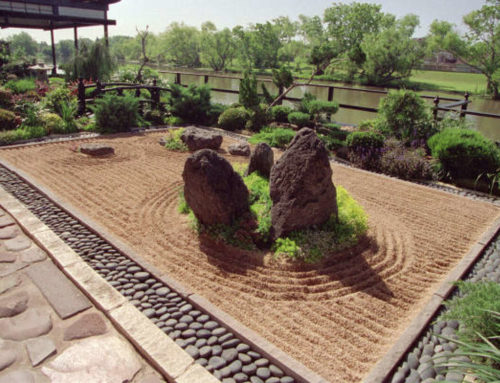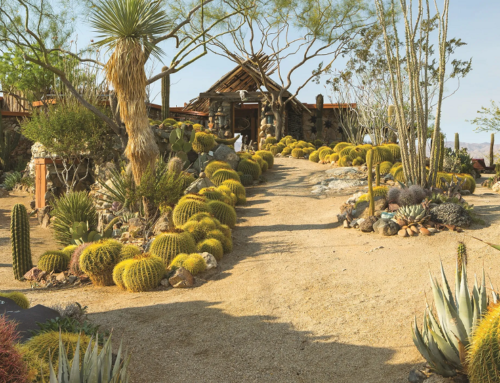Native Plant Gardens: Embracing California’s Biodiversity in Sustainable Landscaping
California is renowned for its rich biodiversity, boasting a wide range of native plant species that are uniquely adapted to the region’s climate and ecosystems. The niche of native plant gardens embraces these local plant species, offering homeowners the opportunity to create landscapes that not only showcase the beauty of California’s natural heritage but also contribute to the conservation of native flora and fauna.
Native plant gardens prioritize the use of plants that are indigenous to California, including trees, shrubs, grasses, and wildflowers. These plants have evolved over centuries to thrive in the local environment, making them well-suited to the region’s specific climate, soil conditions, and wildlife interactions.
One of the key benefits of native plant gardens is their ability to support local ecosystems and promote biodiversity. Native plants provide essential food and habitat for a variety of native insects, birds, butterflies, and other wildlife species. By incorporating these plants into the landscape, homeowners can create a welcoming environment for native pollinators and wildlife, contributing to the overall health and resilience of the local ecosystem.

In addition to supporting wildlife, native plant gardens offer numerous advantages in terms of sustainability and resource conservation. Native plants are adapted to the local climate, requiring less water, fertilizer, and pesticides compared to non-native species. Once established, they generally have lower maintenance needs, reducing the time and effort required for their care. This not only saves resources but also helps to reduce the environmental impact associated with traditional landscaping practices.
Furthermore, native plant gardens can enhance water conservation efforts. California is prone to periodic droughts, and water scarcity is a significant concern. By incorporating drought-tolerant native plants into the landscape, homeowners can reduce water consumption and help preserve this precious resource. Native plants have evolved to survive in the local climate, often requiring minimal supplemental watering once established. This makes them an ideal choice for homeowners looking to create sustainable and water-efficient landscapes.
Designing a native plant garden allows homeowners to explore the diverse range of plant species native to California. From vibrant wildflowers like California poppies and lupines to majestic oak trees and colorful manzanitas, the possibilities are vast. Native plants offer a wide variety of textures, colors, and shapes, allowing homeowners to create visually stunning landscapes that reflect the unique character of the region.
When planning a native plant garden, it is essential to consider the specific conditions of the site, including sun exposure, soil type, and water availability. Native plants are well-adapted to different microclimates within California, ranging from coastal regions to mountainous areas and desert environments. By selecting plants that are suited to the site’s conditions, homeowners can ensure the success and longevity of their native plant garden.
In conclusion, native plant gardens provide an opportunity for homeowners in California to embrace the state’s biodiversity and create sustainable landscapes that support local ecosystems. By incorporating native plants into the garden, homeowners can contribute to the conservation of native species, promote biodiversity, and reduce water consumption. Native plant gardens offer a visually appealing and environmentally conscious approach to landscaping, allowing homeowners to connect with the natural beauty of California while fostering a sense of stewardship for the region’s unique flora and fauna.






Leave A Comment
You must be logged in to post a comment.